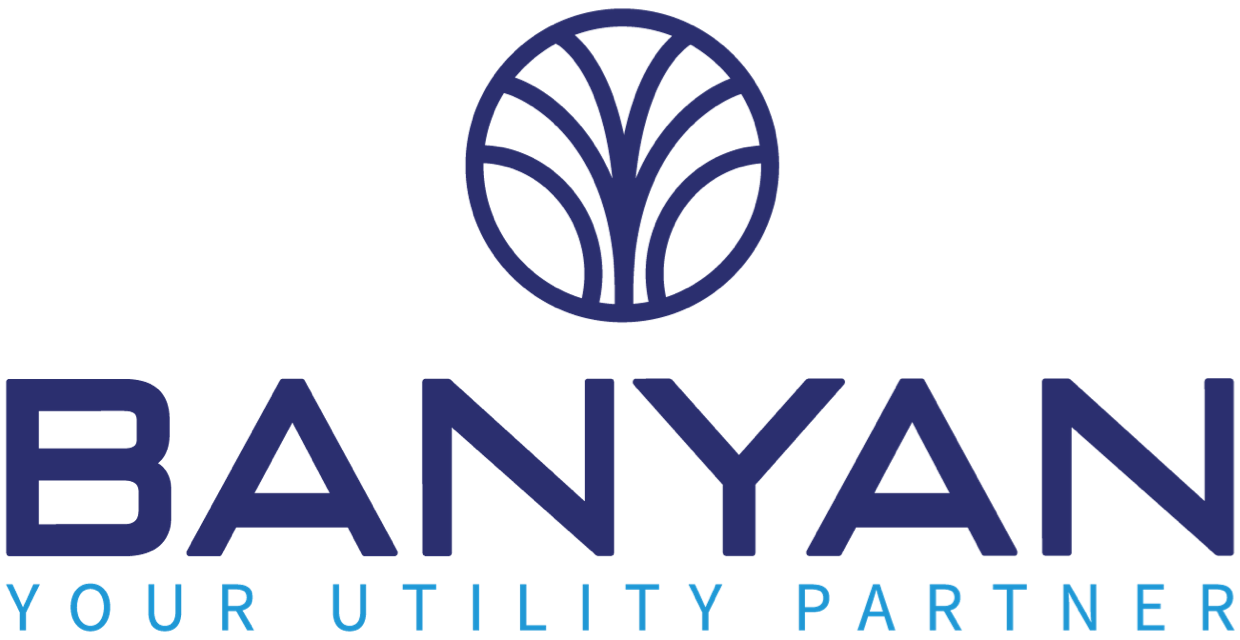
Help Your Residents Reduce Utility Expenses
I don’t know anyone who doesn’t think their utility expenses are too high. I recently examined my own utility bills and discovered I pay, as a single person, an average of $335 per month for electricity, gas, water, and trash/sewer. I started to really think about energy conservation once I added up my bills. I also wondered how my rates in Texas stack up against the rest of the country.
A new study by move.org, “The Cost of Utilities: Which States Pay the Most?” breaks down the cost of utilities by state. It shouldn’t be a big surprise that Hawaii, Alaska, Rhode Island, Connecticut, and New York are the top five states for utility costs. The average cost of utilities nationwide is $422.08 per month.
We know utility expenses are too high, and we know we can reduce them with conversation efforts, but what about people who have utilities bundled with their rent or HOA dues? Residents can use heat, air conditioning, and water with reckless abandon since they don’t see the actual bills. They may not call in leaks quickly, resulting in a lot of unexpected water usage.
As residents consume, property managers must cover the cost somehow, and in high-cost states like Hawaii, utilities continue to spiral upward. Landlords who bundle utilizes or flat-rate bills may be forced to put off maintenance or capital improvements just to cover the cost of rising utilities.
The first step is to have the residents see their actual usage.
Ratio utility billing systems (RUBS) are an easy way to fairly divide up the expenses among residents. This encourages conservation and can prevent rent increases. For property managers or owners of rental property, there is no upfront cost. For residents, this puts expenses back in their control. Conservation reduces the odds of unpredictable rent increases. RUBS incentives everyone to work together to control costs and might even improve cash flow so repairs and improvements can happen faster. It’s fair because the formula factors in the number of residents in a unit, square footage, and other factors that would directly impact utility usage.
Another option for new construction and properties that can retrofit is to install submeters. This allows residents of multifamily properties to see their utilities in the same way residents of single-family homes do. Seeing the bill is the first step to conservation.
There is an upfront cost of installing the meters, but the ROI is generally just a few months. You can find out the options for your properties for free, ask for a quote today.
